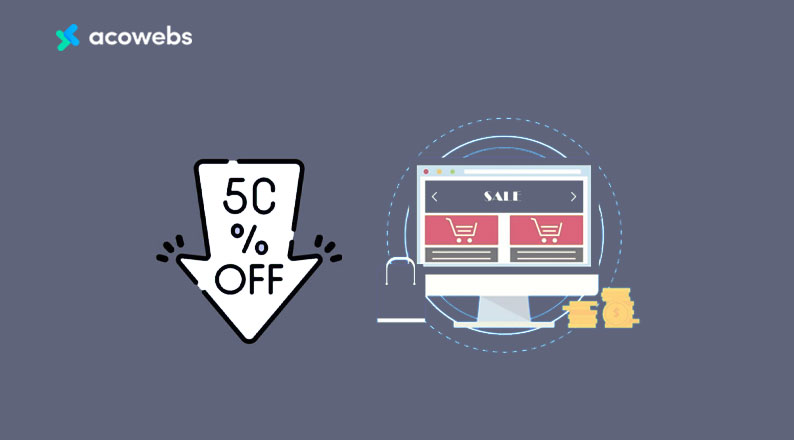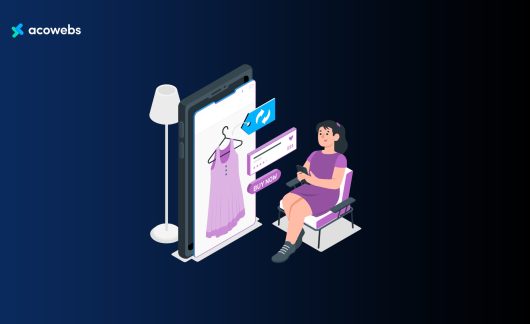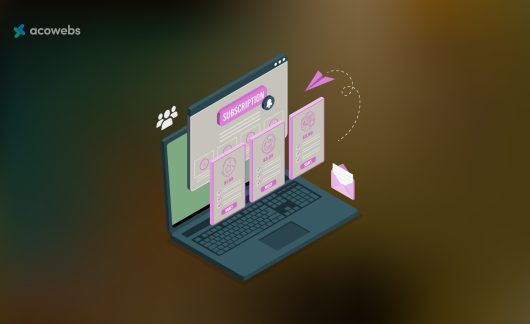You have probably seen product advertisements and wondered how the company is making profits with such offers. You may even think the deal is too good to be true.
Most of the common ones that almost everyone has interacted with are the “buy one, get one free” promotions. You can now purchase anything online, even the simplest things like your grocery.
Maneuvering in a competitive market calls for the incorporation of various pricing strategies. The strategies are aimed at maintaining profits, attracting, and maintaining customers.
Loss leader pricing is among the techniques certain businesses apply to increase sales and reach their targeted consumers. The model comes with its advantages and shortcomings.
As a business owner, when incorporating the strategy, you should check to what extent it can harm the business. The strategy is suitable for companies that are already booming and for beginners.
As a beginner or a small business owner, this strategy would bring more harm to your business than good if done improperly.
In this article, we will define loss leader strategy, examine the various variations of this pricing approach, outline its benefits and drawbacks, and offer advice on how to use it.
What is Loss Leader Pricing?
Loss leader pricing is a marketing technique that lowers product prices than what it costs to create them in order to draw in new customers or encourage existing ones to buy more things.
Most online stores frequently utilize this technique to expand into new markets or gain market share.
Simply put, the strategy works by aggressively discounting a small selection of products (the loss leaders) on your online platform in the hopes that the customers’ subsequent purchases will make up for the loss in profit incurred by the loss leader.
When used correctly, the loss leader strategy can be a win-win situation for the consumer and the business owner. In the process, the seller hopes the customer will purchase other products offered at the total retail price.
Examples of Loss Leader Pricing
You have definitely come across a loss leader pricing in your local supermarket. With the advancement of technology, the strategy is also doing well in online stores.
To stay afloat with your competitors, you need to know the pros and cons of this strategy and if you really need it.
Below are some companies’ examples that have adopted various loss leader strategies.
1. Gaming Consoles
The world of video games has been evolving, the popular ones being Sony’s PlayStation and Microsoft’s Xbox.
Earlier game consoles used cartridges with read-only memory (ROM) chips, whereas today’s game software is available on CDs or DVDs. For display, video game systems need a TV or monitor.
Despite appearing expensive, gaming consoles are offered at or below cost. This makes sense when you consider the design, development, and marketing expenditures that go into developing a game system.
Microsoft Xbox gaming consoles are purposefully discounted to entice customers to purchase video games with more significant profit margins.
As of July 2022, the Microsoft Xbox 360 video game console had sold 85.8 million units worldwide, with more than 47 million sales in North America.
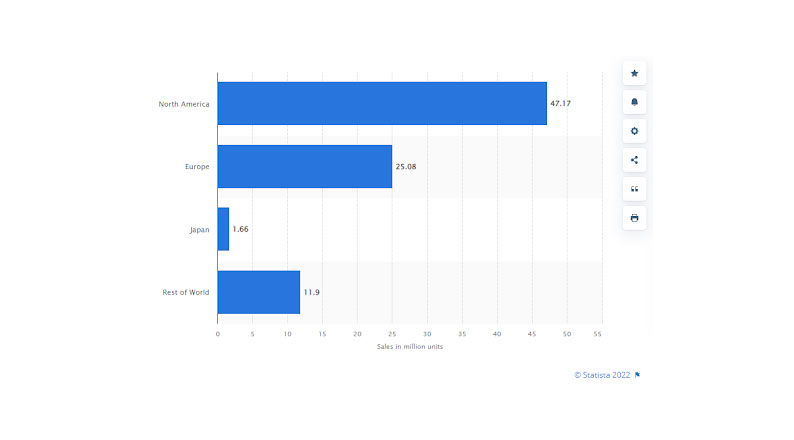
Xbox Series – Image Source: Statista
2. Printers
Printers are frequently used as loss leaders to persuade customers to buy related products like ink and paper for printers.
While printers are frequently sold at or below cost, ink is costly.
Loss leader pricing is used to encourage customers to buy the printer and generate demand for the ink, which is also quite expensive. Through this, the losses are minimized, keeping the business alive.
3. Holiday Deals
As an online store owner, you know how holiday deals entice customers. This is a good strategy since most online stores practice it occasionally.
It’s never easy to match a considerable retailer’s deal, especially when they have a vast selection they employ to make up for lost sales.
You can negotiate with your supplier for good deals to ensure that your small business doesn’t suffer massive losses. With your supplier, you can have long-term benefits when customers get accustomed to your business products and services.
3. Grocery Stores
Standard grocery store items like milk, meat, and eggs are excellent loss leaders. Grocery products are universally relevant because of their necessity. Most of these products have a small profit margin.
Their role as loss leaders is to entice the customers into your store to buy the product while buying other products. This type of selling is called retail psychology and this kind of sales psychology is used by many eCommerce stores as well .
4. Netflix
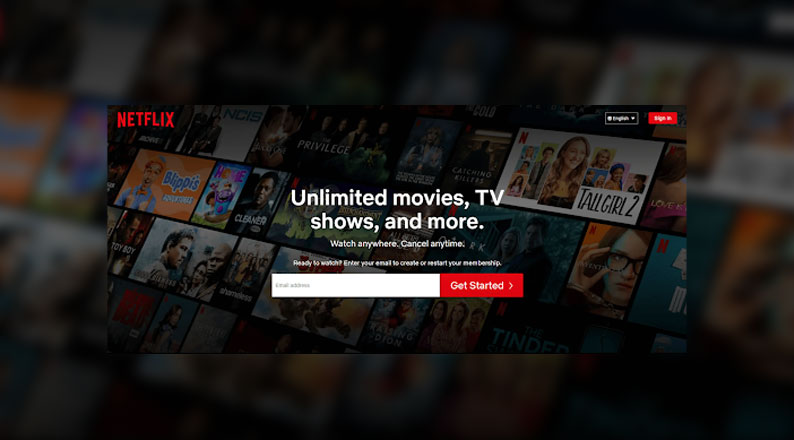
Netflix Home Page: Image Source: Jump Street
In its way, Netflix is well-liked. The organization offers a 30-day trial and gives out a free month’s worth of movies and TV series in the hopes that users will continue their regular subscription, which is how they bring in thousands of new customers each year.
Loss Leader Pros and Cons for Online Stores
Suppose you plan to implement the loss leader strategy; you need to be aware of its pros and cons for online stores. You should also be mindful of the best time to implement the plan. Below are the advantages:
1. A Good Way to Enter a New Market
It can be challenging to persuade clients to try your items while your brand is just starting, especially if the market is crowded with well-established rivals.
People are creatures of habit, so convincing them to switch from a rival can be challenging. Fortunately, loss leader pricing enables new firms to lure customers with jaw-dropping loss leader offers into their online stores and websites.
Customers are more inclined to give your brand a chance if you sell products at or below cost because doing so greatly reduces the risk of trying out a new brand.
As soon as a customer enters your store, you may impress them with your exclusive value offer and perhaps make up for any losses.
2. Helps in Promoting Other Products in the Store
Clients will likely hurry into your platform to check on the deals when they hear about offers. They come across other products you are advertising along the way.
Also, word of mouth spreads rapidly, and some clients are likely to tell other people about the incentives available.
Use social media sites to let people know about your offers. By properly selecting them, you may use your loss leader products to increase sales of other related products.
An excellent illustration would be if you were in the clothing business and wanted to promote coats, you could use loss leaders like scarves and socks to entice customers.
3. Helps in Clearing Inventory
Loss leader pricing will assist you in solving the issue if you have any extra inventory you need to get rid of to make room for new products.
As a business, you are not assured that everything in your store will go, especially to competitive markets like clothing. You might not make much profit through loss leader selling, but it will be better than not selling.
Fresh goods keep coming into the market, which might catch you off guard. Of course, you won’t continue offering old-fashioned products while your rivals upgrade to the new trends.
Some strategies used to clear inventory are black Fridays and special holidays like Christmas and Easter, among others.
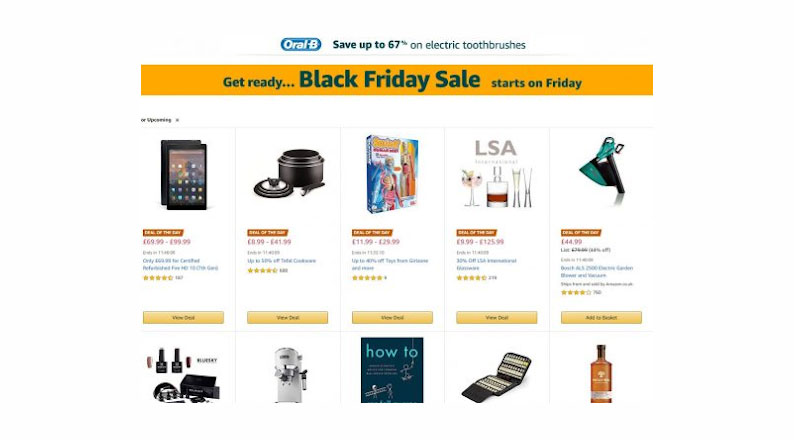
Black Friday Offers – Image Source: eBusiness Institute
Now let’s look at the disadvantages:
1. Customers May Prefer Only the Loss Leader
If, as a business owner, you are targeting to promote products other than the targeted loss leader, the outcome may be frustrating.
Some customers are just there because they know certain products are on offer. In turn, this leads to losses if the situation is not controlled.
2. Customers May Leave After the Price Is Restored
In loss leader pricing, you are not guaranteed your consumers will stay after the strategy period is offered. Some customers can only afford your items when they are on offer.
When the price is restored, they may return to their previous supplier of goods. So if you attract customers, do your level best to maintain them.
3. It Hurts Small Businesses
Small businesses typically are unable to recover the losses caused by the loss leader strategy. Because of this, they find it very difficult to compete with bigger companies when adopting this sales strategy.
Large brands may endure the loss because they have the capacity and resources to do so. They also have a wide variety of items to sell to gain money. Problems facing small businesses are many, and most of them are on a tight budget.
4. The Suppliers Get Negatively Affected
A company that uses the loss leader strategy across several products is likely to persuade the supplier to lower the price of the goods. This frequently occurs to suppliers who are accustomed to one brand.
With the brand’s main goal being to limit total losses, the supplier must collaborate because they may have nowhere else to supply their goods.
5. Customers May Get Accustomed to Discounts
Regularly offering loss leaders teaches clients to expect discounts, which is a bad habit. Your store and sales would suffer due to your loss leader pricing plan.
Even if people are thinking about a product, they might wait to see if it will be on discount. This commonly happens in clothing and electronics businesses, i.e., goods that are not necessities.
Types of Loss Leader Pricing Strategies
Most brick-and-mortar and online retailers require a range of pricing tactics to compete in the market, entice a large target audience, and boost sales.
Although the loss leader approach is a simple idea, there are several ways businesses might implement this move.
1. Introductory Pricing
In this type of loss leader strategy, the business offers a discount upfront, then charges the total price afterward. The corporation gains from this since selling a small number of things at a discount increases its chances of attracting new customers.
People may view this as bait and switch, but that’s not the case since customers also gain from this. Before deciding to make a longer-term commitment to the purchase, they have the opportunity to test the product out at a discounted price.
If you have faith in your new product or service and are an online seller, it makes sense to want to gain as much publicity as possible as soon as you introduce it. You’ll be able to maintain your position and market share by doing this.
The fundamental rule of supply and demand states that the lower the price, the greater the demand for the goods. This is precisely the opposite of how introductory pricing operates.
The price is initially low, but as time passes, it rises amid expectations that the demand will also increase. This strategy is to increase market share while gradually boosting prices.
Most successful companies began with this move, e.g., SaaS products and applications. Such offers include free trials for a month or more; then, you proceed to make payment after testing the product.
2. Inventory Management
By using inventory management, businesses may decide which products to order when and in what amounts. As items are purchased and sold, inventory is kept track of. The practice notices tendencies and adjusts to them in order to ensure that there is always enough inventory to meet customer demands and that a shortage is notified appropriately.
Inventory control might be just as crucial to some companies as pricing. A loss leader approach is used to achieve both of these objectives and make money. When inventory is out of date, expired, or loses market value over time, many sectors find it won’t sell.
Businesses can draw more customers driven to buy at the reduced price by offering these older things at a price near or below cost.
This surge of purchases quickly clears out older inventory items to make room for newer goods that can be sold at a profit. Through this, you satisfy your customers’ needs making them loyal to your business.
3. Store Placement
The good news is that you can now incorporate online strategies into your physical store.
If you want to entice customers to enter your store for deals, you can set up your inventory so they can grab something else nearby while purchasing the loss leader. This frequently occurs with complementary products like food and clothing.
For the loss leader pricing strategy, most grocery stores store milk at the back of the store. Items like milk and eggs suit this method because they are loss leaders.
Pricing these items at a loss won’t cause a grocery store to go bankrupt because they are soon perishable and are frequently bought by customers. In their approach to milk, buyers are more likely to find something else they want to buy if they pass things priced at a profit.
Below is a store arrangement. If the customer passes through this place to get the milk, they will likely get something else from the shelves.

Store arrangement – Image Source: StarpupBiz Global
4. Free Samples
If possible, everybody would want to try out a free sample for everything before making a purchase decision. Free trials may occur both online and in physical stores.
Some software companies offer free trials for a month or so. With this, you get to test the reliability of their services and make a purchasing decision.
The free sample loss leader strategy is known as the reciprocity principle. According to this social psychology theory, people are more inclined to return a favor when it is extended to them.
Consequently, receiving a free sample could lead buyers to believe they must purchase the product.
Free product samples can be used to:
- Introduce your brand to new, untapped markets with your product.
- Fostering connections with current clients and encouraging adherence.
- Increase consumer awareness of the things you sell.
- Encourage recurring purchases and new product sales.
- Gain visibility for your company at or before an event.
Take a skincare line as an illustration. Customers can witness the benefits of utilizing the moisturizer before spending their money on the full-priced product if it offers free samples of it to them.
As a marketer, you can gather influencer endorsements, provide statistics to support a product, and show other people using the product.
However, there are situations when clients won’t buy from you unless they sample it first. They can do that for no cost, thanks to product samples.
Conclusion
Loss Leader pricing is a common trend used by online and brick-and-mortar stores.
Nothing should stop you from incorporating eCommerce strategies as a physical store in the current world. The loss leaders’ pros and cons for online stores should be evaluated keenly before incorporating the model.
If you are trying to break through a new market, capture loyal customers, and clear your old inventory, then loss leaders will come in handy.
Some drawbacks you will encounter, especially as a new business or small business, are difficulty recovering from losses, customers leaving after the discount period, suppliers making losses, and your customers getting accustomed to discounts.
You can achieve loss leader pricing through free samples, inventory management, store arrangement, and introductory pricing.
Once in a while, you can incorporate the loss leader strategy in your business to change the marketing pattern. The type of store you are running will greatly affect the type of loss leader strategy to apply.
Acowebs are developers of Woocommerce bulk discounts that will help you add bulk discounts to products on your stores. It also has developed various other plugins like the popular plugin for managing the checkout form fields in WooCommerce, called Woocommerce Checkout Manager, which is highly feature-oriented yet lightweight and fast. There is also a free version of this plugin available in the WordPress directory named W0ooCommerce Checkout Field Editor.












 Login
Login
 Cart
Cart